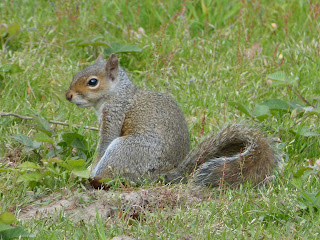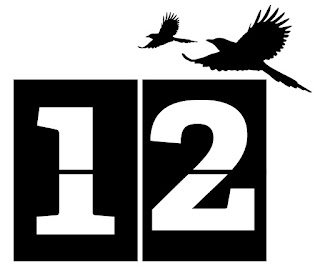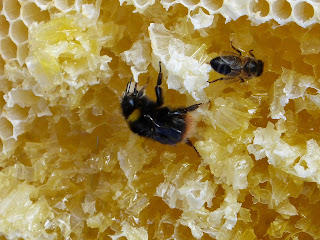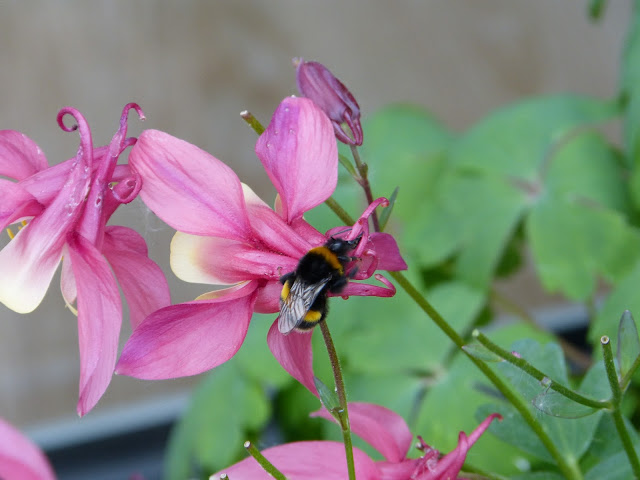Bus stop wildlife
This morning I had to wait, sheltering from persistent rain (the sort that gets you soaked no matter how long you stay out in it), at our local bus stop. I amused myself by watching a slightly soggy song thrush foraging in the damp grass. The thrush must have chosen a successful patch, as it was soon joined by a female blackbird before it decided to take flight.
Cinnabar surprise
Two mornings in a row at the bus stop. Only one morning sat in the rain though, today was quite pleasant with some cloud and sunshine. The bus never did arrive, but we enjoyed listening to the prolific birdsong from the surrounding trees. A carrion crow also decided to display to apparently thin air, arching and shouting as it did so. As the weather was being surprisingly cooperative, we decided to BBQ for lunch, and were equally surprised by the showy pink flashes of the hind-wings of a cinnabar moth who decided to join us.
Strawberry moon
A day of very heavy rain showers, whipping the pupils up into a frenzy and creating a small lake on the tennis courts. We watched the lake form from the fat rain drops hitting every-which-way in awe during our department meeting. I was then equally stunned at the visible evaporation of the puddles on my drive home in the sun not long afterwards. The evening was filled with natural phenomena and wildlife surprises. The sky had completely cleared by moon rise, leading to astonishing views of the intensely bright moon, the likes of which I may be lucky enough to see once more (the next is in 46 years' time). Picking up my binoculars, so much detail was visible, the impact craters and scars marking the surface were apparent in such clarity that I've never before achieved through binoculars. Looking out into the night caused us to notice something else - our first bat above our garden. Apparently rather small, I would guess at a pipistrelle. Having windows open also meant we heard more than usual; tonight, a baby tawny owl calling from the large trees in the nearby park.
A school orchid
A barn owl gliding on its broad wings accompanied me on a short stretch of my drive this morning, presumably making the most of the drier weather before the next wet spell. A wonderful way to start the day. On my arrival at work, I bumped into a fellow wildlife enthusiast who pointed out that an orchid was on flower in the middle of a small patch of lawn on the school site. I went, armed with my phone, to try to figure out what it might be... it looks to me like it could be a common spotted orchid. A dainty and sweet smelling pyramidal bloom, not something we've noticed at school before.

















































